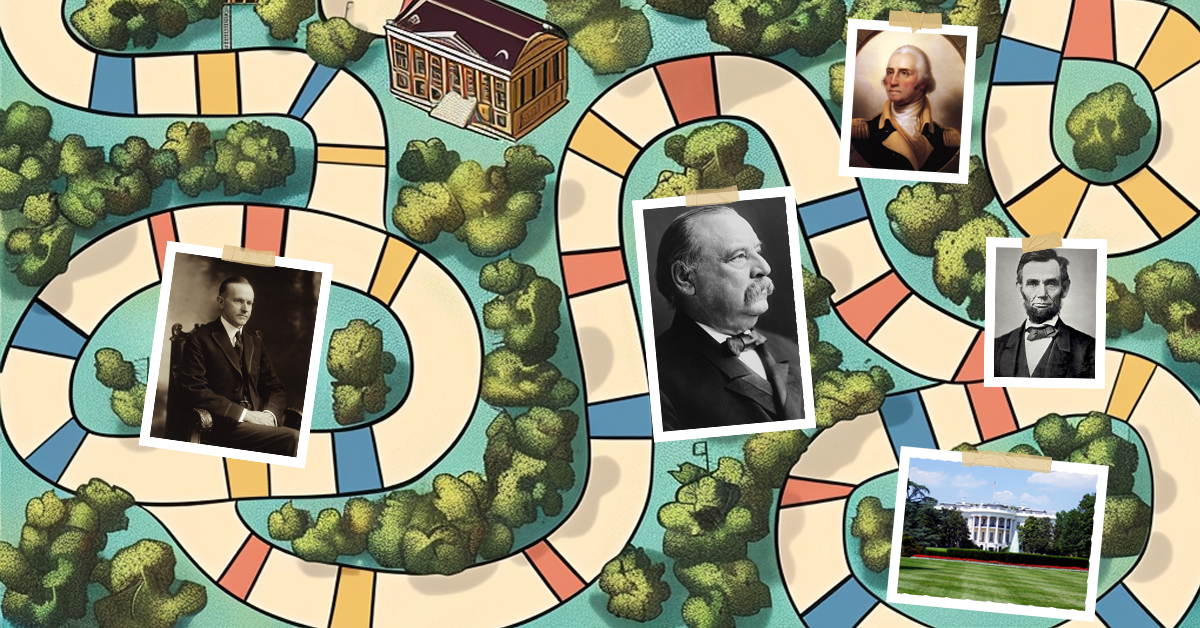
Today’s Morning Buzz is brought to you by Warren Kagarise, digital engagement manager for King County, WA. Connect with Warren on LinkedIn and Twitter/X.
What I’m Reading: “The Times” — a rigorously reported deep dive into the history of The New York Times from 1977 to 2016 as the business and profession of journalism underwent seismic shifts.
What I’m Watching: Trying to decipher whether “True Detective: Night Country” is a police procedural, supernatural thriller, or both.
What I’m Doing: Encouraging nominations to the ELGL Top Influencers in Local Government list. Nominate a local gov professional by March 31, 2024.
Only a handful of presidents ever served in local office before reaching the Oval Office and the list of local officials turned presidential candidates reads like a who’s who of also-rans.
Throughout almost 250 years of U.S. history, only 10 presidents entered office with experience in local government. The presidents with local government experience include three former mayors — but no mayor has ever ascended directly from City Hall to the White House. The most recent local officeholder served as a county council member almost 50 years before reaching the White House.
Presidents Day, officially known as Washington’s Birthday, seems like a fitting time to examine the connections — or lack thereof — between City Hall and the White House. The holiday lands on the third Monday in February, smack dab between the birthdates of George Washington (Feb. 22) and Abraham Lincoln (Feb. 12).
The last time a sitting mayor received a major party’s nomination for president occurred in 1812 when New York City Mayor DeWitt Clinton lost to James Madison.
The most recent person to serve as a mayor before eventually becoming president: Calvin Coolidge, mayor of Northampton, MA, more than a century ago. (Coolidge later served as governor of Massachusetts.)
The most recent president with local government experience took office in 2021. Joe Biden served on Delaware’s New Castle County Council in the 1970s before winning a U.S. Senate seat.
Instead, the pre-requisite for most presidents seems to be serving as a governor or a senator. Both tend to fare well on the national stage; 17 governors and 17 senators later served as president.
The trend is alive and well in the present day. The most recent candidates to attempt the leap from City Hall to the White House dropped out early in the nomination contests due to a lack of support — 2024 Republican primary contender and Miami Mayor Francis Suarez, and 2020 Democratic primary contenders South Bend, IN, Mayor Pete Buttigieg, New York City Mayor Bill de Blasio, and former New York City Mayor Michael Bloomberg.
The disparity is more notable considering the U.S. claims about 500,000 elected officials nationwide but only 542 federal offices. Yet local government is seldom discussed as a qualification for the presidency, regardless of a candidate’s accomplishments and qualifications or a city’s complexity or population.
The largest city in the United States, New York City, may also be the municipality with the most local officials to try for the White House. In addition to Clinton’s failed 1812 bid the list of presidential also-rans is stacked with Big Apple mayors: George McClellan Jr. in 1904, John Lindsay in 1972, Rudy Giuliani in 2008, and both Bloomberg and de Blasio in 2020. (Some related trivia: Teddy Roosevelt lost a campaign for New York City mayor in 1886 and entered national politics as vice president 15 years later.)
You need to go all the way back to 1882 to find the only big-city mayor to ever serve as president: Grover Cleveland, mayor of Buffalo, NY, for 11 months. (Cleveland later served as governor of New York before becoming the only person to serve two non-consecutive terms as president, so far.)
As local politics increasingly reflect national trends, both good and bad, maybe the barrier between local government and the highest office in the land could start to lower.
In the meantime, presidents and presidents-elect recognize the potential for local government officials. Presidents often pull from city and county governments for Cabinet offices and leadership at federal agencies.
Buttigieg is now the secretary of transportation. Marcia Fudge, former mayor of Warrensville Heights, OH, leads the Department of Housing and Urban Development. Tom Vilsack, former mayor of Mount Pleasant, IA, runs the Department of Agriculture.
But back to Presidents Day: Both Washington and Lincoln held local government roles before serving as president.
